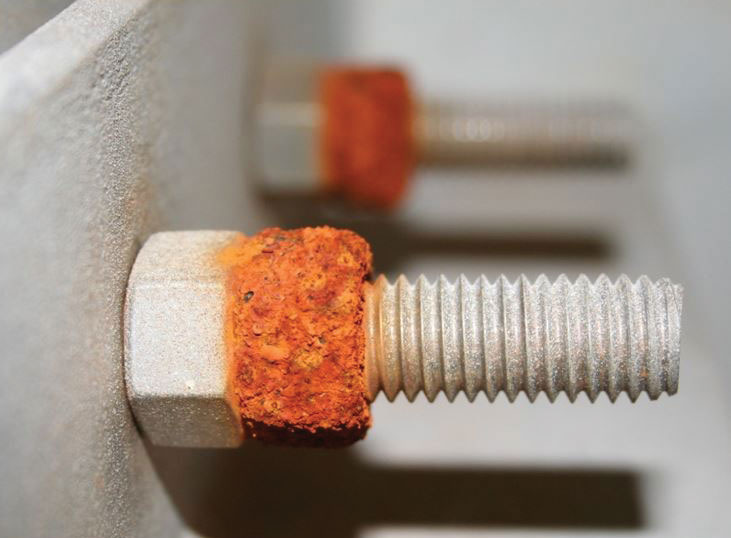
You might be wondering which type of steel is the best. The zinc acts as a barrier of protection between airborne moisture and the steel, protecting it from rust. Much like its counterpart, galvanized steel is also created with the purpose of protecting against rust and corrosion. Galvanized steel, on the other hand, is a type of steel that has been coated in a layer of zinc. The chromium works to protect the metal against rust and corrosion. This is why stainless steel is often used in outdoor environments where there’s a great deal of moisture. While stainless steel isn’t technically immune to rust, it certainly has a higher level of resistance than 100% steel. The addition of chromium as an alloy helps to protect against rust and corrosion. The term stainless steel is used to describe steel that has been mixed with a minimum of 10% chromium. So, what’s the difference between stainless steel and galvanized steel? After all, they both look and function pretty much the same.

Based on this alone, it’s difficult to identify the differences between them. If you’ve done any shopping for screws, you’ve probably noticed that some of them are made of 100% stainless steel, whereas others are made of galvanized steel.


 0 kommentar(er)
0 kommentar(er)
